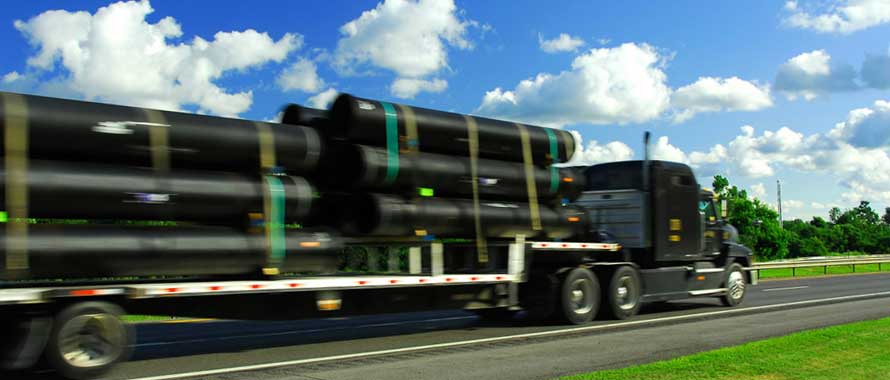In classic Hollywood westerns, fans often see stagecoaches or trains waylaid by bandits and plundered for the valuable cargo being transported. The end result: outlaws ride off into the sunset to divvy up the treasured stolen freight. It almost makes one think of cargo theft with a sense of nostalgia – a part of a bygone era where the bad guys wore bandanas across their faces and the good guys rode white horses.
However, thieves today have replaced buffalo hides and gold with pharmaceuticals, and computer and electronic components. Today, industry experts estimate that domestic cargo theft equates to nearly $30 billion in losses each year. For a trucking industry responsible for moving nearly 10 billion tons of freight (nearly 70 percent of all domestic freight transportation) in 2014 alone, the potential for cargo theft isn’t a bygone form of crime left in the dust and tumbleweeds of American westerns – it is an ever-present risk for trucking professionals across the U.S.
“Today, there is a great deal of cargo theft during drop scenarios, which is when a trucker leaves his trailer and another driver picks up the freight to transport the load to its next point,” said Steve Shepard, Transportation Underwriting Manager, Burns & Wilcox. “We’ve seen figures stating that as much as 90 percent of all cargo thefts come from unattended vehicles.”
However, unlike unpredictable risks such as weather patterns, the potential for theft is controllable and can be mitigated by brokers and agents. By including unattended theft exclusions and sub-limits, brokers and agents can incentivize truckers to limit the amount of time freight is left unattended, which alternatively helps protect the trucker from incurring theft losses, noted Shepard.
Additionally, brokers and agents should be prepared to write short-term policies for high-value freight.
“At the beginning of a policy, underwriters will find out what type of freight the insured historically transports, and write based on what has happened in the past,” said Nathan Holt, Transportation Manager, Burns & Wilcox. “Typically, the average trucker ends up with $150,000 to $250,000 of cargo coverage per truck.”
Holt went on to explain that a broker or agent should go to a specialty insurer when dealing with more expensive and sensitive cargo that exceeds the typical blanket coverage offered. These kinds of insurers can help determine how best to go about covering a higher value commodity that might not be as simple to assess.
“We see all types of high value freight that presents insurers a unique set of risks such as highly-sought after state-of-the-art electronics,” added Holt. “When dealing with higher premiums and limits, brokers and agents have to understand the nature of the freight they’re insuring and the unique risks they present.”
Ultimately, brokers and agents must understand when cargo is at its most vulnerable and when one might need to look at a special policy for more expensive and desired goods, Holt noted. That way policies ensure that truckers and the precious cargo they haul are well-protected from any would-be bandits riding off into the sunset with their treasure.


